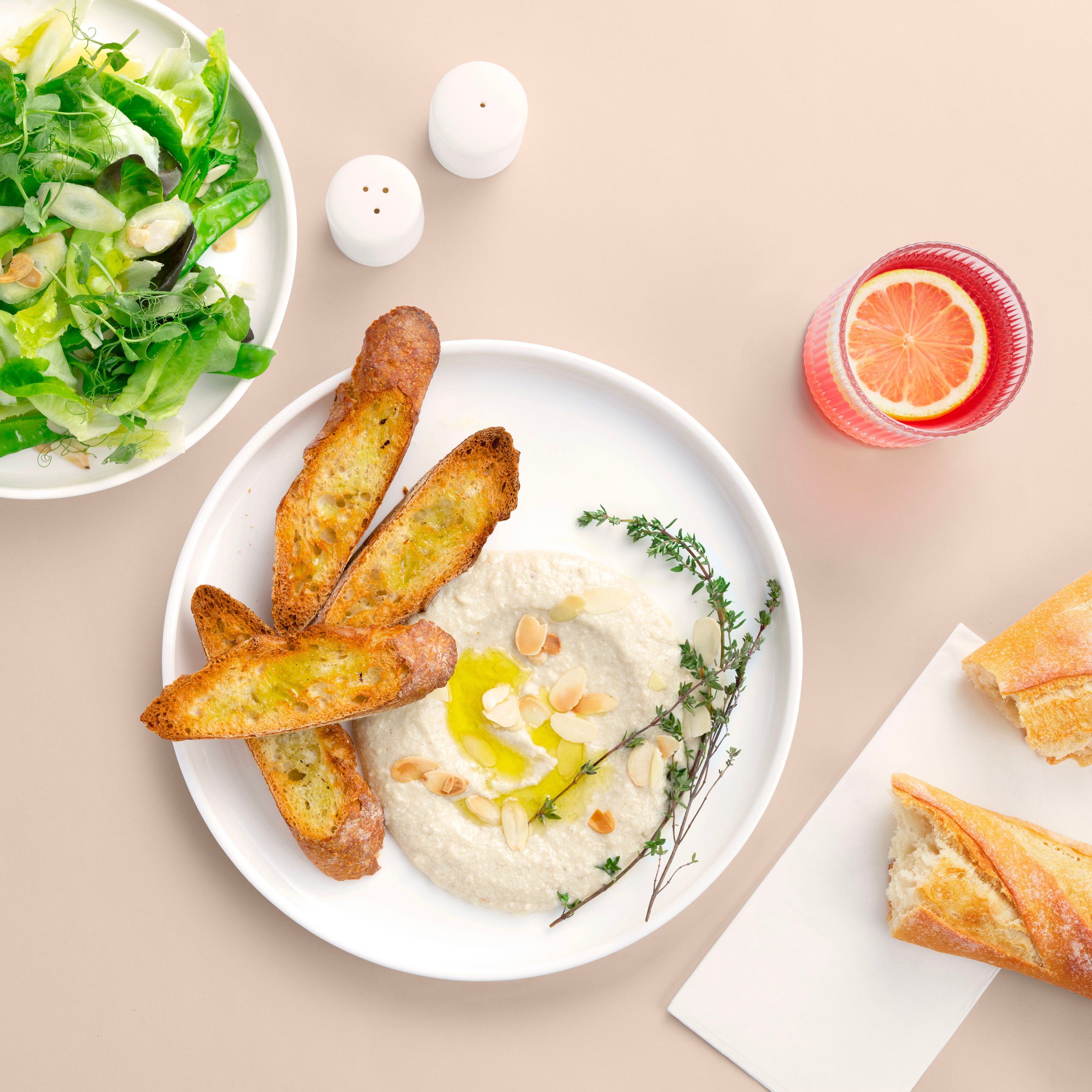
Our School Menus
Freshly made products out of the kitchen to the dining hall.


The Japanese preparation and serving of cooked vinegared rice combined with varied ingredients, chiefly seafood, vegetables, meat, and occasionally tropical fruits.
Style
California Roll
MMK 10Caterpillar Roll
MMK 5Roly Mackerel
MMK 2.50
A Japanese delicacy consisting of very fresh raw meat or fish sliced into thin pieces. The word sashimi means "pierced body", i.e. "刺身" = sashimi, where 刺し = sashi and 身 = mi. This word dates from the Muromachi period, and was possibly coined when the word "切る" = kiru, the culinary step, was considered too inauspicious to be used by anyone other than samurai. This word may derive from the culinary practice of sticking the fish's tail and fin to the slices in identifying the fish being eaten.
Choice
Salmon
MMK 10Tuna
MMK 5Mackerel
MMK 2.50

A Japanese dish of seafood or vegetables that have been battered and deep fried. A light batter is made of cold water and soft wheat flour. Eggs, baking soda or baking powder, starch, oil, and/or spices may also be added. Tempura batter is traditionally mixed in small batches using chopsticks for only a few seconds, leaving lumps in the mixture that, along with the cold batter temperature, result in the unique fluffy and crisp tempura structure when cooked. The batter is often kept cold by adding ice, or by placing the bowl inside a larger bowl with ice in it. Overmixing the batter will result in activation of wheat gluten, which causes the flour mixture to become soft and dough-like when fried.

Literally "fried buckwheat," or sōsu yakisoba. It first appeared in food stalls in Japan during the early 20th century. Although soba means buckwheat, typically suggesting noodles made from that flour in mainland Japan, yakisoba noodles are made from wheat flour. It is typically flavored with a condiment similar to oyster sauce.
